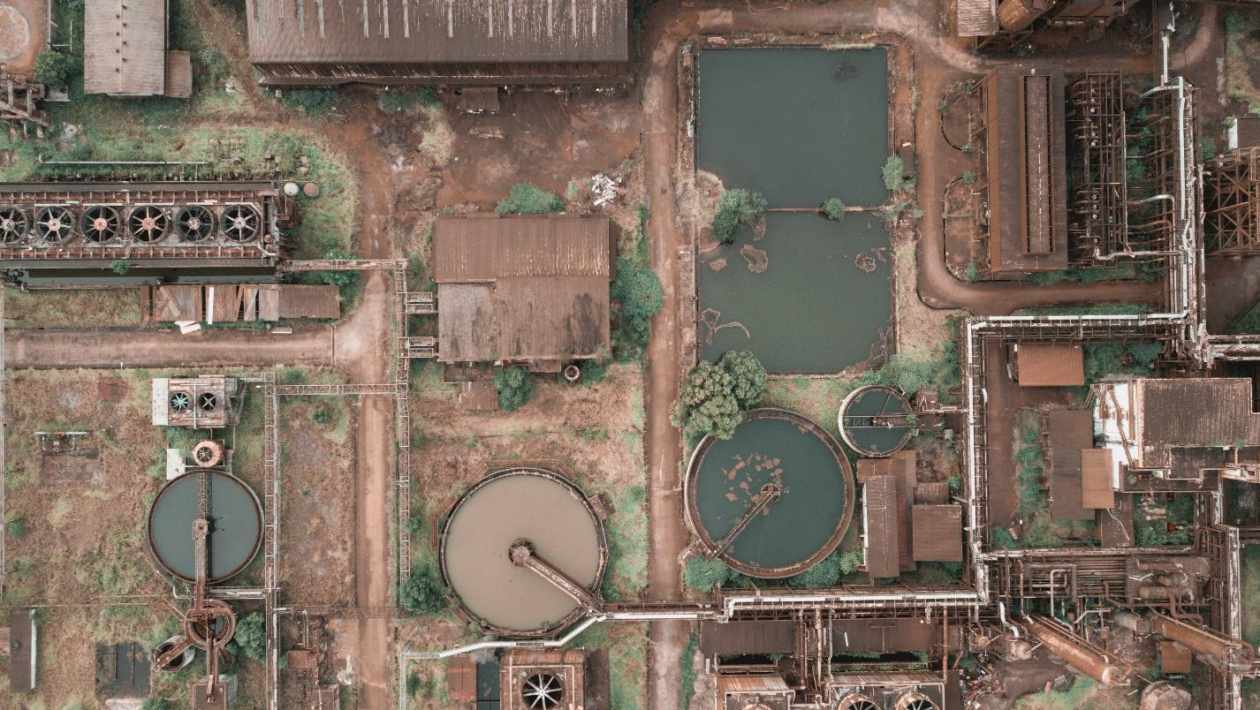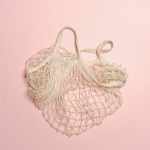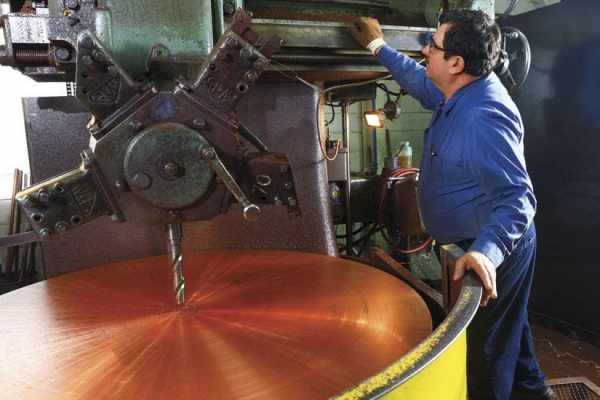Clean water is an important resource. That’s why treatment plants are such a critical part of our infrastructure today. However, what do they use to effectively purify water for drinking, especially the liquids that are used in waste disposal?
While you can find some basic information about it on this website, https://www.cdc.gov/healthywater/drinking/public/water_treatment.html, there’s no doubt that it can get complicated. You might even wonder why you should bother learning about it. Well, there are a few reasons – primarily, if you own a plant or if you work in this industry.
One of the main substances used in this process is lime. It could be quicklime or hydrated. Both are dry ingredients used in slurry. This is then used in treatments.
Why Limestone?
The answer to this question comes down to what we are trying to remove from the water in the first place. These are usually magnesium and calcium. While both of these elements do have their place in our bodies, from what we drink usually isn’t the ideal place (outside of milk, of course).
You see, the more calcium and magnesium are in water, the “harder” it is. What is water hardness and softness? It is a measure of how many minerals are in the liquid. If it is too hard, you might see buildup of minerals on faucet surfaces and even in our hair. So, soft water is generally more desirable.
Lime can be used to soften water. While we usually think about it in terms of waste management, it’s also useful for stormwater runoff. In many cities, the rain in storms has high levels of phosphorus. Filtering this out is also a good idea.
What is Lime Slurry, then?
It is made by adding water to quicklime, which is a calcium oxide. You can use slurry lime for a variety of purposes. In this field, the chemical reaction resulting from the aforementioned mixing is called lime slaking.
The reason for its popularity is that it is a fairly user-friendly substance that is readily available from most retailers that carry it. It’s something known as an alkali, or “basic” in chemistry terms. All this means is that it neutralizes acid chemicals, and if used on litmus paper it will make it turn blue.
How Can We Use it?
As I already alluded to, it’s primary use is in water treatment and purification. There are several steps in that process, if you didn’t know. The first is coagulation. This is when ions with positive charges are added to the liquid. Any dirt or debris that have negative charges are thus neutralized.
After that is flocculation. That’s when the water is mixed to create something called “flocs,” which are larger and heavier particles. If you’re curious for more details about this, you can look at this article to read more!
Following this step is sedimentation. If you were wondering why we would want larger or heavier particles, this is why. They sink to the bottom because of their floc form.
Filtration is after this, of course. Any of that sediment on the bottom stays there, and the rest of the clean water passes through a variety of filters. Because of the different sizes and shapes, different particles are filtered out along the way, making it generally purer.
The final part is usually disinfection, though it might look different based on your community and what the original water is from. Usually, the intent is to kill off any remaining viruses, bacteria, or even parasites that still remain. This might be done with something like chlorine, though that is not always the case.
Is it Hazardous at all?
The last thing I would like to touch upon today is that while slurry is convenient and easy to use, it can be an irritant for our skin, eyes, nose, or mouth. Any sensitive body parts should be covered when you work with it.
You can protect yourself by wearing the appropriate equipment while handling it. This will usually include safety glasses, gloves, and long-sleeved shirts, along with proper pants rather than shorts. Close-toed shoes are also recommended.
In addition to this, storage should be handled with care. It might not be flammable, but this does not mean it does not have reactions with other chemicals. In particular, acids should be kept away. The reaction can get quite explosive.
For the most part, just use your common sense. Respect chemicals that you work with, especially when they are considered an irritant. Don’t take unnecessary risks at any step along the way, including transportation, storage, and use.
While there is a small amount of risk involved, overall, I would say that lime slurry is a solid choice if you are looking to clean water and make it softer. Soft water is less likely to leave behind mineral deposits.











